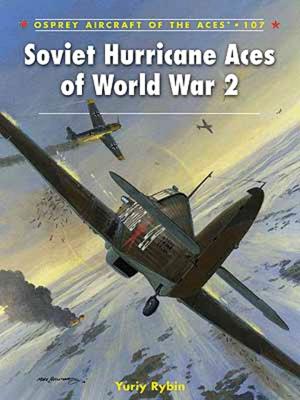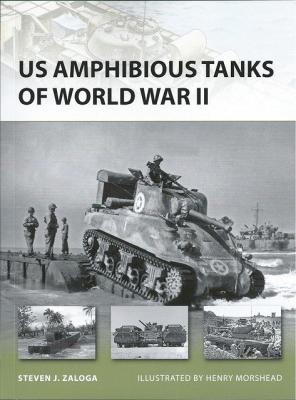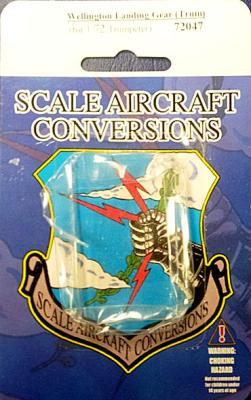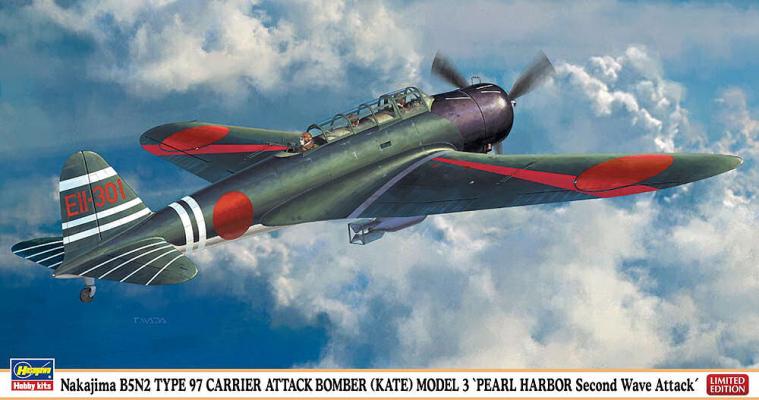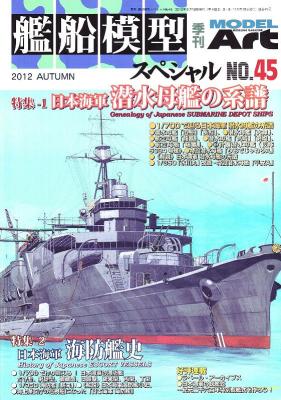As a Battle of Britain aficionado and avid reader of stories of the exploits of Allied pilots flying Hawker Hurricanes (and Spitfires of course!) on the Western Front and in the Mediterranean Theater of Operations, it was with keen interest that I delved into this story of the Hurricane on the Eastern Front ― a story with which I was totally unfamiliar. Thus, it was much to my surprise that I learned that the Hurricane was the most numerous Western Allied fighter aircraft serving in the Soviet Union’s army and naval air force units on the expansive Soviet-German front in 1942. Having suffered significant attrition of fighter aircraft during the start of Operation Barbarossa in June 1941, Soviet Premier Josef Stalin appealed to British Prime Minister Sir Winston Churchill for replacement aircraft.
Welcome to the IPMS/USA Reviews site!
Introduction: The primary organization of the IPMS/USA Review website is by IPMS/USA National Contest Class. Within each Class there are sub-menus by kits, decals, books, etc. The Miscellaneous Class is for items that are not class specific or that cross two or more classes.
IPMS/USA Members: We encourage you to submit reviews, both here and to the Journal. To volunteer for membership in the IPMS/USA "Reviewers Corps" and submit your own reviews, please read the Guidelines For Submitting Product Reviews.
Manufacturers, publishers, and other industry members: IPMS/USA is pleased to offer your company the opportunity for product reviews. All product reviews are performed by IPMS/USA members, and are posted in the publicly-accessible section of our website. With very few exceptions, we perform full build reviews of new kit releases, aftermarket products, and supplies. If you would care to provide product samples for review, please contact John Noack, IPMS/USA 1st VP.
To learn more about IPMS/USA, please see our About Us page.
When it comes to writing books, Steve Zaloga is one prolific dude. Not only are his books many, but they are informative and make for interesting reading. This latest title, US Amphibious Tanks of World War II, is no exception.
The book’s 48 pages are arranged in 9 main chapters:
Early American Amphibious Tanks
- Operation Torch
- Operation Husky
- Operation Overlord
- Operation Dragoon
- Pacific Theater of Operations
- The Ritchie Project
- The T6 Device at Okinawa
- River Crossing Tanks
In addition, there is an index.
I had been kicking around the idea of purchasing some sets of white metal landing gear from Scale Aircraft Conversions for a while to go with some of the kits that I have in my stash. The idea of being able to put a heavier model on sturdy gear is very appealing to me. So when the opportunity presented itself, I figured that I would give it a shot.
What you get with the replacement landing gear is one full set of main landing gear (right and left) and a tail wheel produced in white metal.
History Brief
Allied code-named “Kate,” the B5N2 was a highly maneuverable aircraft for its type, powered by one Nakajima Sakae 21, a twin-row 14-cylinder 1000 hp radial engine. With a top speed of 235 mph, it had a operational range of 610 miles. A three-man crew was standard. Its armament featured one 7.7mm machine gun for rearward defense and payload capacities of either one 800kg bomb, two 250kg bombs, six 60kg bombs, six 30kg bombs, or one 800kg torpedo. Officially adopted in December 1939 as a follow-up of the B5N1, the B5N2 Type 97 proved to be an accurate bombing and torpedo platform and easily found its way to all six IJN carriers in the Nagumo task force that attacked the U.S. Pacific Fleet in the Pearl Harbor raid. The type 97 became the Navy’s mainstay in the early stages of the war wherever it saw extensive action, including combat campaigns in the Solomons, Southwest Pacific, and Indian Ocean.
This special issue of Model Art Modeling Magazine has two features that cover the genealogy of Japanese submarine depot ships and the history of Japanese escort vessels. There are two other smaller articles included. One is titled “Lets make the Special naval review of the Imperial Japanese Navy on Japanese Imperial reign 2600 ceremony,” and an article titled “Revell Archives.”
In the first feature, “Genealogy of Japanese Submarine Depot Ships,” there are several articles that cover the available model kits of these vessels. Also included are period photos and line drawings of these ships with what seems to be a description or history (here’s where the lack on my part of being able to read Japanese to know exactly what this section deals with). The last part of the feature is a conversion of Hasegawa’s 1/350 Hikawa-Maru to the Auxiliary Submarine Depot Ship Heian-Maru. This section finishes out with a poster of what appears to the Submarine Depot Ship Taigei.











